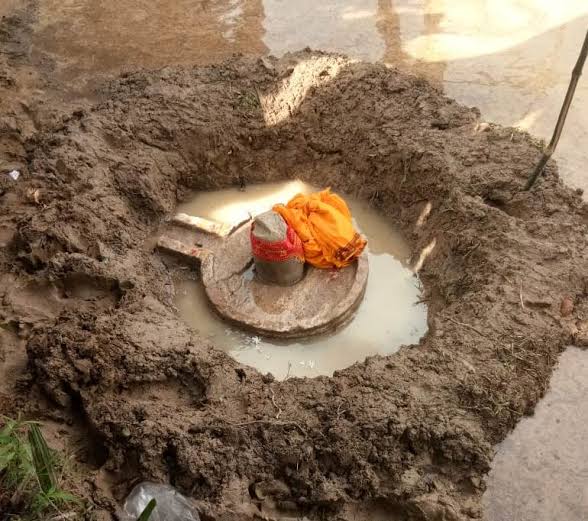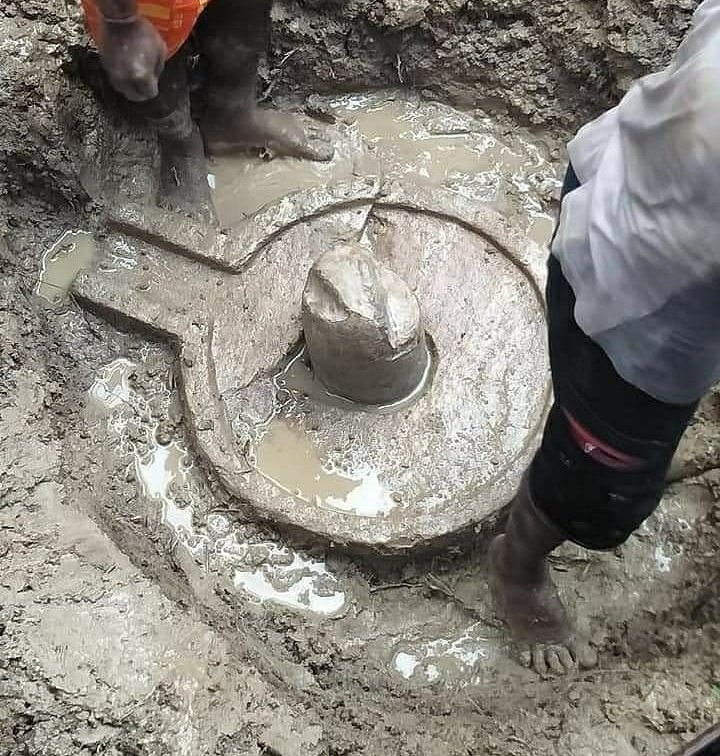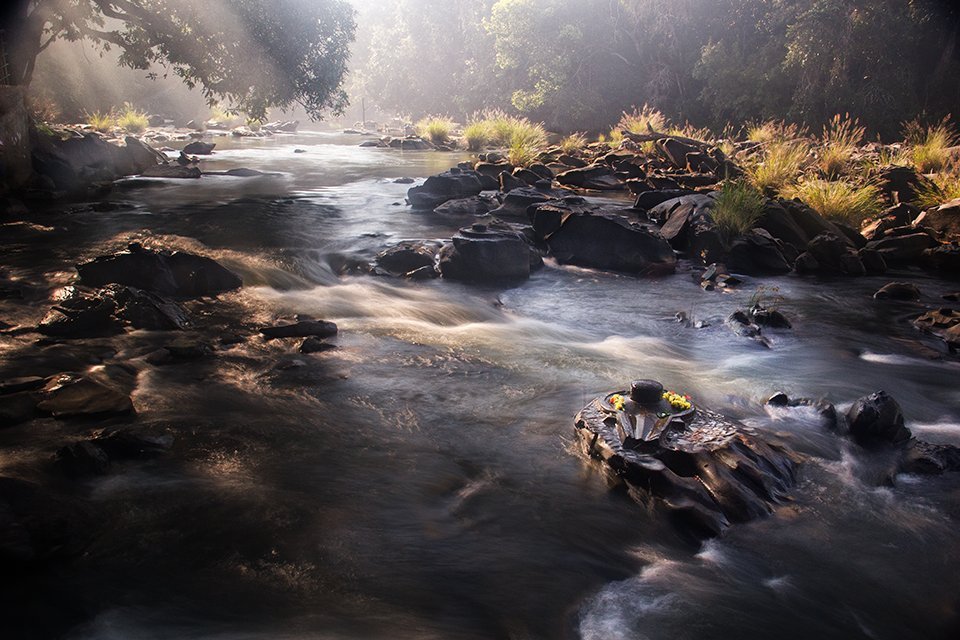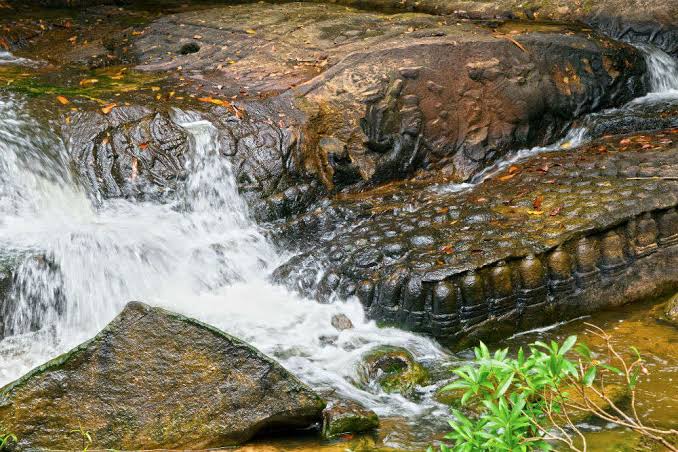
Rani-ki-Vav (the Queen’s Stepwell) @ Patan, Gujarat 🇮🇳
Rani-ki-Vav on the banks of the Saraswati River, was initially built as a memorial to a king in the 11th C AD. Stepwells are a distinctive form of subterranean water resource and storage systems on the Indian subcontinent,..

Rani-ki-Vav on the banks of the Saraswati River, was initially built as a memorial to a king in the 11th C AD. Stepwells are a distinctive form of subterranean water resource and storage systems on the Indian subcontinent,..

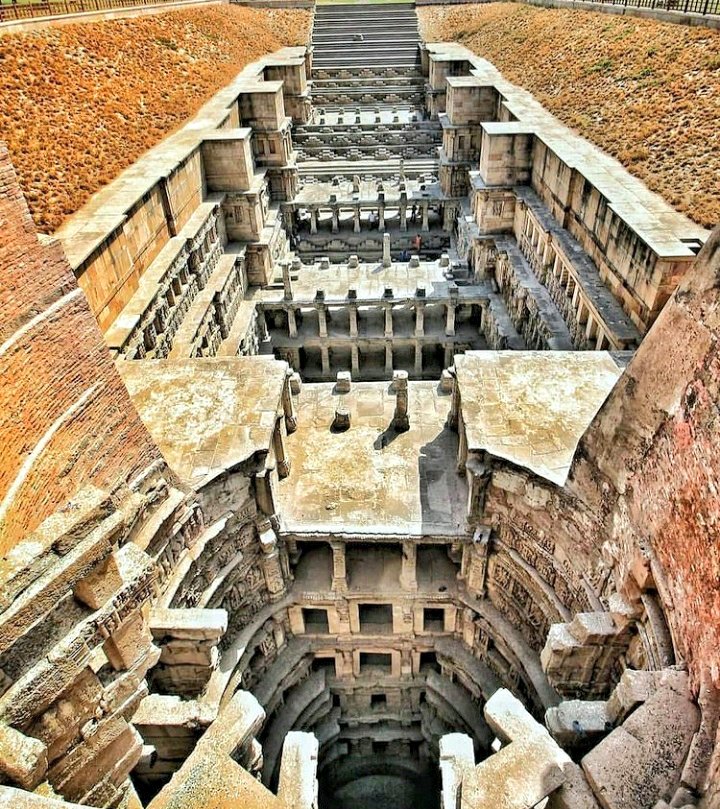
..have been constructed since the 3rd millennium BC. They evolved over time from what was basically a pit in sandy soil towards elaborate multi-storey works of art and architecture. Rani-ki-Vav was built at the height of craftsmens’ ability in stepwell construction and the
Maru-Gurjara architectural style, reflecting mastery of this complex technique and great beauty of detail and proportions. Designed as an inverted temple highlighting the sanctity of water, it is divided into seven levels of stairs with sculptural panels of high artistic quality;
more than 500 principle sculptures & over a thousand minor ones combine religious, mythological & secular imagery, often referencing literary works. The fourth level is the deepest and leads into a rectangular tank 9.5 m by 9.4 m, at a depth of 23 m. The well is located at the
westernmost end of the property and consists of a shaft 10 m in diameter and 30 m deep.
@LostTemple7
@LostTemple7
• • •
Missing some Tweet in this thread? You can try to
force a refresh








